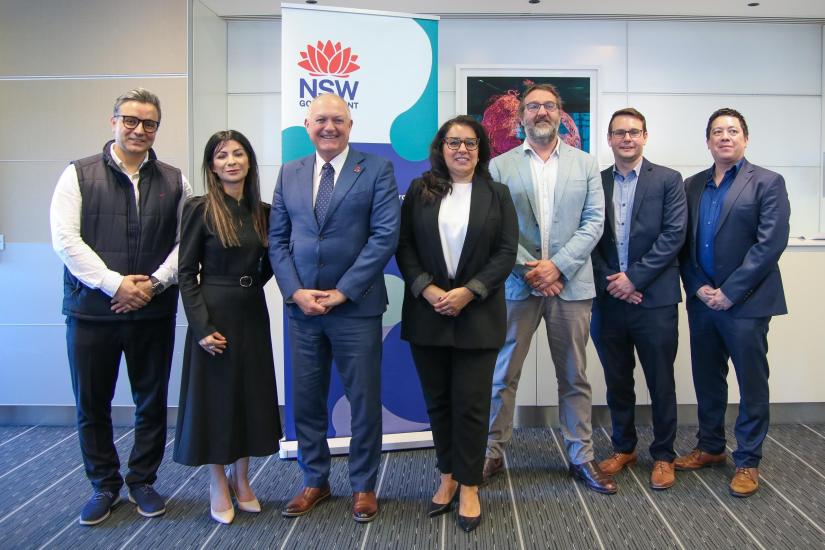UTS is one of eight founding partners in a new network to reduce and replace animals in medical research.

Image: Adobe Stock By Alessandro Biascioli
The NSW government has announced a $4.5 million funding package to establish the Non-Animal Technologies Network (NAT-Net). The NSW-led body will work to reduce and replace animals in medical research.
The University of Technology Sydney (UTS) is one of eight founding partners in the new network, which will develop alternatives to using animals, and advise on the required medical research infrastructure and regulations to support these as alternatives.
UTS Professor of biomedical engineering Dr Majid Warkiani will lead the bioengineering pillar. His research focuses on designing and developing innovative microfluidic systems for sorting particles and cells.
"This is a significant multi-institutional initiative on an important topic: the removal of animal use in research."
“We will help other pillars connect different types of organoids through microfluidic networks and vascularisation. This will enable better multi-organoid communication and more effective drug testing,” said Professor Warkiani.
Non-animal technologies, such as using human cells or tissues, are more biologically similar to the patients being treated, and so medicines being tested are less likely to fail in clinical trials.
These technologies are beginning to exceed the performance of animal models in drug development and medical research.

Children Medical Research Institute's Associate Professor Anai Gonzalez-Cordero, Victor Chang Cardiac Research Innovation Centre Deputy Director, Associate Professor Adam Hill, UNSW's Dr Shafagh Waters, UTS Professor Majid Warkiani, University of Newcastle's Dr Gerard Kaiko and Hunter Medical Research Institute's Professor Simon Keely at the NAT-Net launch. Photo: NSW government
NAT-Net will include experts from UTS, UNSW, University of Wollongong, University of Sydney and the University of Newcastle, as well as the Victor Chang Cardiac Research Institute, Children’s Medical Research Institute and the Hunter Medical Research Institute.
The Minister for Medical Research, David Harris, said this is the first time a network of this kind had been established for non-animal technologies in NSW, and it will significantly enhance the state’s ability to make scientific breakthroughs.
“By investing in cutting edge, non-animal technologies, researchers may be able to better predict which therapies work in humans, accelerating discoveries that could save people's lives,” he said.
“We know that non-animal technologies in medical research are the way forward and NAT-Net will be a driving force behind these exciting Australian-first developments led by NSW.”
The funding comprises three pillars. The first, a research pillar to accelerate research progress, which will include a competitive research grant program, with recipients set to focus on developing solutions to reduce animals in medical research. The second, to develop infrastructure to establish NAT-Net and the third to set up a working group to develop regulatory approaches for non-animal technologies.
This may include complex multi-organ models, organs-on-chips, or approaches using machine learning and artificial intelligence.

